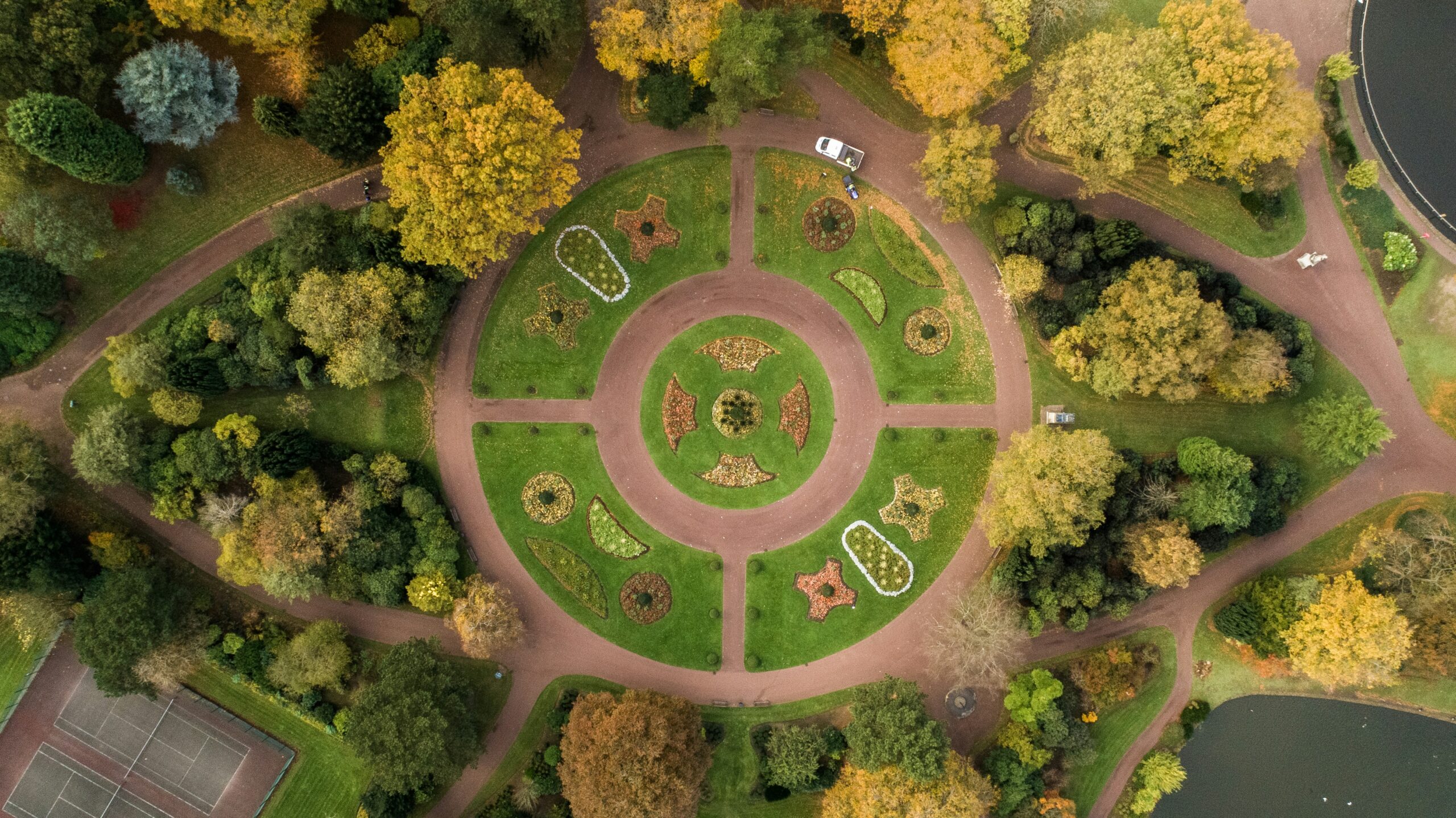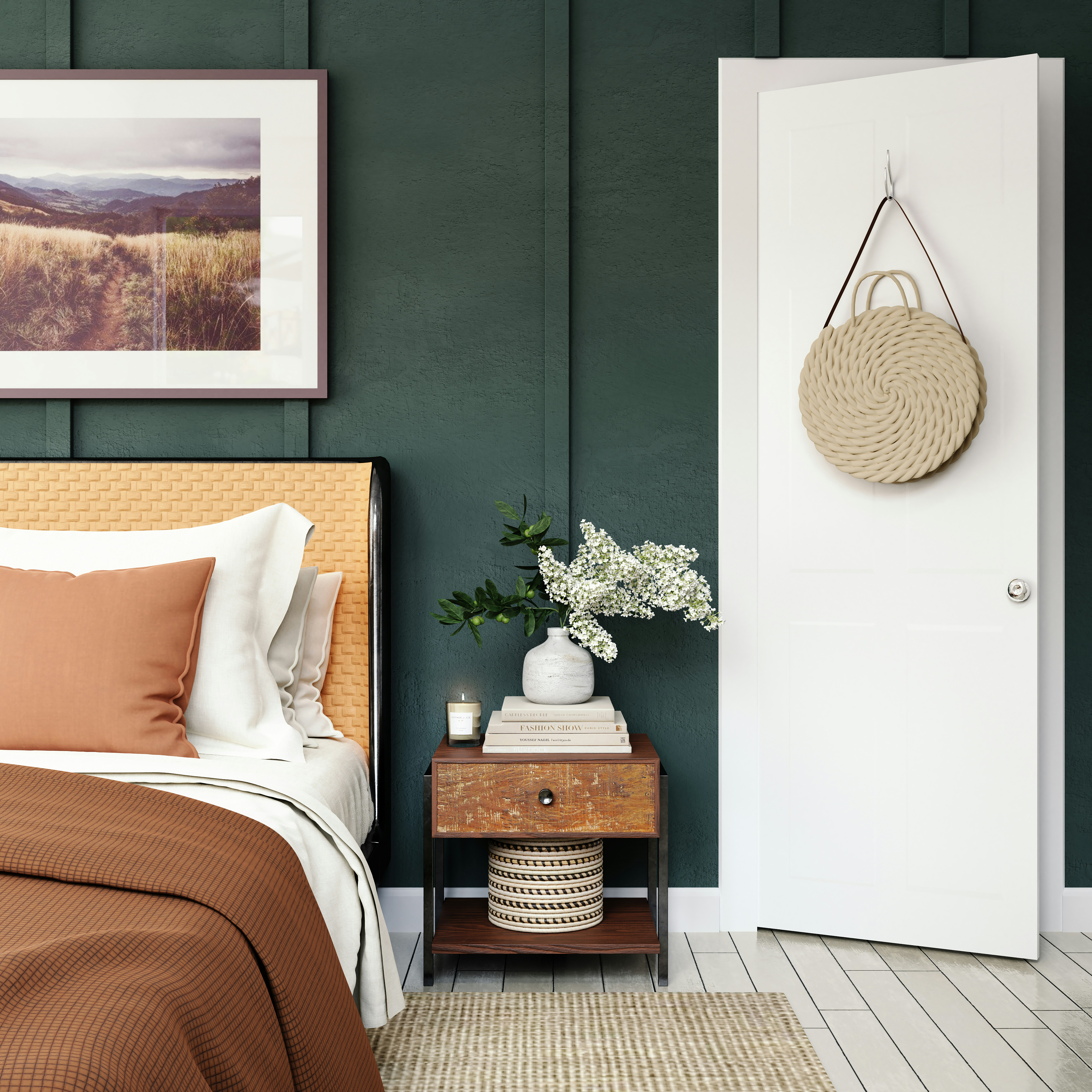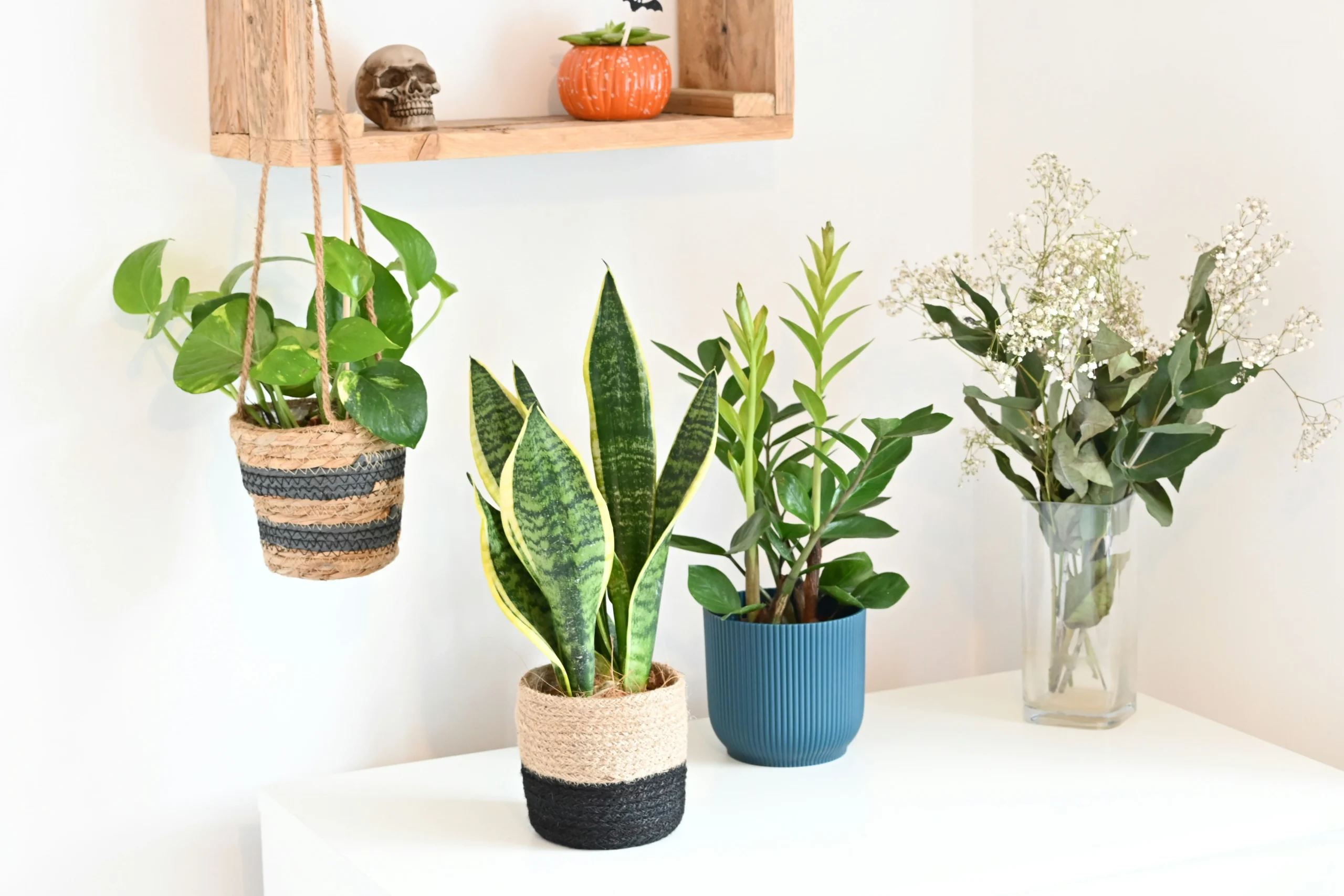The blog
A creative and inspirational blog written to help you create peace and harmony in your home.
How Circular Economy Can Support Your Family
Have you ever felt overwhelmed by the environmental challenges we face today, from climate change to waste piling up in landfills?
You’re not alone. In recent years, many of us have started to question how our everyday choices impact the planet and, more importantly, our families’ future. The traditional linear economy, where we take, make, and dispose of, is no longer sustainable. But there’s good news: a circular economy offers a more sustainable model that not only helps the environment but also supports our local communities and families.
Imagine a world where we waste less, recycle more, and create a positive impact through every choice we make. The circular economy is all about keeping resources in use for as long as possible, extracting the maximum value from them, and then recovering and regenerating materials at the end of their life. It’s a shift that doesn’t just benefit the planet—it benefits us, our families, and our communities directly.
So, how can embracing circular economy principles make a difference in your family’s life? Let’s dive into five key ways.
Do you know what is circular economy?
The circular economy is a sustainable approach that reimagines how we produce, use, and dispose of products, aiming to reduce waste and make the most of our resources. Unlike the traditional linear model, which follows a “take, make, dispose” path, the circular economy focuses on creating closed-loop systems where materials are continuously repurposed.
In practice, this means designing products for durability and recyclability, encouraging reuse and repair, and even promoting shared use instead of individual ownership. It’s a model that invites us to rethink the entire lifecycle of what we buy and use, helping to reduce our environmental footprint while supporting regeneration.
In home design, adopting circular economy principles can lead to healthier, more sustainable spaces. By choosing long-lasting, non-toxic materials and selecting furniture that’s built to be repaired or recycled, we’re making choices that support both our wellness and the planet.
This approach considers not only the beauty and functionality of a home but also the environmental impact and eventual disposal of every element within it. A circular approach to home design supports a lifestyle that feels good, looks good, and aligns with a vision of sustainability that honours our connection to the planet.
1. Reducing Your Family’s Environmental Impact
We all want to leave a better world for future generations, and one of the main reasons to adopt a circular economy is its profound environmental impact. By reducing reliance on raw materials and focusing on sustainable resource use, we can significantly cut down on carbon emissions and combat climate change.
Circular practices like recycling, repurposing, and using sustainable alternatives reduce the need for new products, minimising the strain on natural resources and biodiversity loss.
In your home, start by being mindful of what you buy. Simple actions like composting food waste, reducing single-use plastics, and choosing products made from recycled materials can dramatically lower your family’s carbon footprint.
According to the Ellen MacArthur Foundation, circular strategies can lead to a reduction of up to 45% in global greenhouse gas emissions. Every little step counts and your family’s efforts can contribute to a cleaner, healthier planet.
2. Supporting Local Economies and Small Businesses
Embracing a circular economy isn’t just about reducing waste; it’s also about supporting local communities. By choosing to buy from local businesses, artisans, and farmers, you are helping to strengthen the local economy and create employment opportunities right where you live.
This not only keeps money within the community but also reduces the environmental costs associated with long supply chains and transportation.
Next time you’re at the grocery store, consider purchasing fresh produce from local farmers or visiting a local market. Not only will you be getting fresher, healthier options, but you’ll also be supporting local means of production that align with circular economy principles. Local businesses often adopt circular strategies, such as using renewable energy or reducing packaging waste, which further support the environmental sustainability of your community.

Did you know that supporting local businesses directly benefits you and your community?
Imagine this: when you buy fresh produce from a local farmer at your neighbourhood market, that farmer contributes to the local economy by paying council rates. These funds then go back into the community, helping to upgrade parks, improve playgrounds, and create better facilities—the very spaces where your kids play and where families gather.
It’s a wonderful cycle: by choosing to support local, you’re not only getting fresh, quality food but also actively investing in a thriving, vibrant community. And the best part? You get to enjoy the benefits every time you step outside!
3. Reducing Food Waste for Greater Food Security
Food waste is one of the largest contributors to environmental degradation, yet it’s something we can easily tackle at home. In a circular economy, food waste is seen not as trash but as a valuable resource. By composting and properly managing food waste, we can return valuable nutrients to the soil, supporting local agriculture and reducing the need for synthetic fertilizers.
For families, this means being more mindful of meal planning, buying only what you need, and finding creative ways to use leftovers. This not only helps reduce the amount of waste sent to landfills but also supports food security by making better use of our food resources. Adopting these practices can lead to a more sustainable lifestyle that benefits both your family and the broader community.

4. Choosing Sustainable Products and Practices
Incorporating circular economy principles into your family’s purchasing habits can lead to more sustainable choices and long-term savings. Look for products designed with circular principles in mind, such as those made from natural materials that are designed for easy disassembly, or that offer take-back programs. These products often come from businesses committed to circular business models, focusing on reducing environmental impact and promoting sustainable development.
This approach not only supports circular businesses but also helps teach your family about the value of sustainability and the importance of making thoughtful choices. By choosing circular products, you’re not only reducing waste but also supporting innovation and a shift towards a more sustainable economy.
5. Engaging in Community Initiatives for a Circular Future
Being part of a circular economy isn’t just about what you buy or how you manage your waste, it’s also about community engagement and supporting initiatives that drive social responsibility. Participating in community events, supporting local farmers’ markets, or even starting a neighbourhood swap meet can all contribute to a more circular, connected community.
These actions create social benefits, such as stronger community bonds and shared resources, which can provide resilience in times of economic uncertainty. Circular initiatives often promote inclusivity, gender equality, and opportunities for marginalized groups, making them an essential part of building a sustainable future for everyone.
What is next?
Embracing the circular economy doesn’t mean you have to make all the changes above overnight. It’s all about making small, meaningful changes that can collectively lead to a significant impact. Whether it’s reducing food waste, supporting local businesses, or choosing sustainable products, every step you take helps create a more sustainable, resilient world for your family and future generations.
I hope you’re feeling inspired and motivated to take these next few months by storm. How we finish this year can set the tone for the next one, so let’s make these remaining days count!
Ready to make a change?
Download my daily checklist for a healthier home. Let’s take this journey together and create a positive impact, one small step at a time. Connect with us on Facebook or Instagram, or send me an email—I’d love to hear how you’re making a difference!


Imagine waking up in a home that instantly soothes your senses—the soft sound of water trickling, fresh air flowing through open windows, and lush green plants filtering the morning light. This isn’t just a dream. It’s the power of biophilic design, a concept that taps into our deep-rooted love of nature to create spaces that […]

“Your bedroom is more than just a place to rest; it’s your sanctuary—a space for relaxation, connection, and comfort. By incorporating natural fabrics and wood, you can transform your bedroom into a luxurious retreat that feels inviting and supports your well-being.” Why Your Bedroom Deserves Special Attention The master bedroom often gets overlooked in home […]

“Did you know that adding just a single pot of greenery to your living space can improve your air quality and even your mental health?” I didn’t. For years, I wasn’t much of a plant person. I didn’t get the appeal of keeping plants indoors, let alone spending hours picking the “right kind of plant.” […]

More than ten years ago, I found myself standing in the cleaning aisle of a supermarket, holding a brightly coloured bottle of a product I’d used countless times before. I’d never given much thought to the ingredients—after all, if it was on the shelf, it had to be safe, right? But that day, something was […]